Increased Environmental Awareness
The rising consciousness regarding environmental issues appears to be a pivotal driver for the Sea Plastic Market. As consumers become more informed about the detrimental effects of plastic pollution on marine ecosystems, there is a growing demand for sustainable alternatives. Reports indicate that approximately 8 million tons of plastic enter oceans annually, prompting individuals and organizations to seek solutions. This heightened awareness has led to increased investments in research and development of biodegradable materials, which are anticipated to capture a significant share of the Sea Plastic Market. Furthermore, educational campaigns and initiatives aimed at reducing plastic usage are likely to bolster market growth, as consumers actively seek products that align with their values.
Government Regulations and Policies
Government regulations and policies aimed at reducing plastic waste are emerging as a significant driver for the Sea Plastic Market. Many countries are implementing stringent measures to curb plastic production and consumption, including bans on single-use plastics and incentives for using sustainable materials. For instance, recent legislation in various regions mandates that a certain percentage of plastic products must be made from recycled materials. Such regulations not only encourage manufacturers to innovate but also create a favorable environment for the growth of the Sea Plastic Market. As compliance becomes essential, companies are likely to invest in sustainable practices, further propelling market expansion.
Technological Advancements in Recycling
Technological innovations in recycling processes are likely to play a crucial role in shaping the Sea Plastic Market. Advanced recycling technologies, such as chemical recycling and enhanced sorting systems, are emerging as viable solutions to address plastic waste. These innovations can potentially increase recycling rates, which currently hover around 9% for plastics. As these technologies become more accessible, they may facilitate the conversion of waste plastics into valuable resources, thereby reducing the environmental impact. The integration of these technologies into the Sea Plastic Market could lead to a more circular economy, where materials are reused and repurposed, ultimately driving market growth and sustainability.
Corporate Social Responsibility Initiatives
Corporate social responsibility (CSR) initiatives are increasingly influencing the Sea Plastic Market. Companies are recognizing the importance of sustainability in their operations and are actively engaging in practices that reduce plastic waste. Many organizations are committing to ambitious targets for reducing plastic usage and increasing the use of recycled materials. This trend is supported by consumer preferences, as studies suggest that a significant portion of consumers are willing to pay a premium for products from environmentally responsible companies. As more businesses adopt CSR strategies, the Sea Plastic Market is expected to benefit from enhanced brand loyalty and market share, driving further growth.
Rising Demand for Sustainable Packaging Solutions
The demand for sustainable packaging solutions is becoming a key driver in the Sea Plastic Market. As consumers increasingly prioritize eco-friendly products, companies are responding by developing packaging that minimizes plastic use. The market for sustainable packaging is projected to grow significantly, with estimates suggesting it could reach several billion dollars in the coming years. This shift is not only driven by consumer preferences but also by regulatory pressures that encourage the adoption of sustainable practices. As businesses innovate to meet these demands, the Sea Plastic Market is likely to experience substantial growth, reflecting a broader trend towards sustainability in packaging.


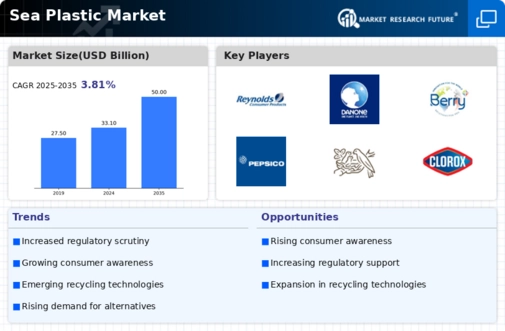
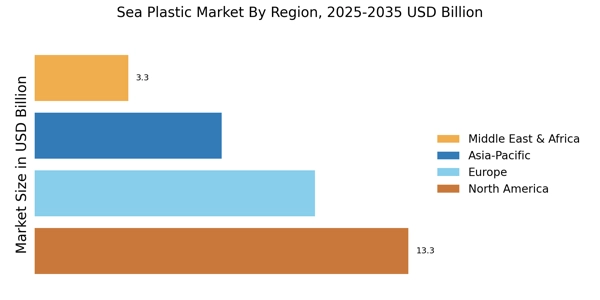
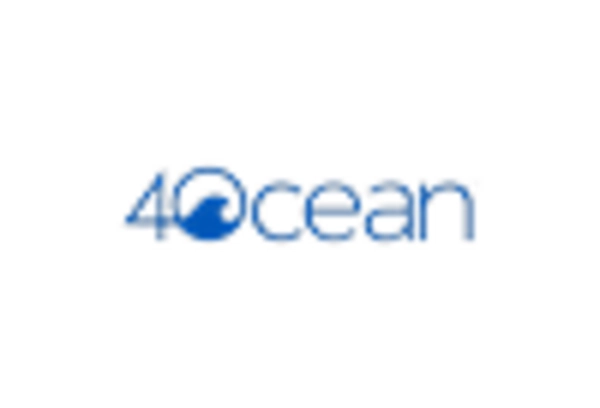
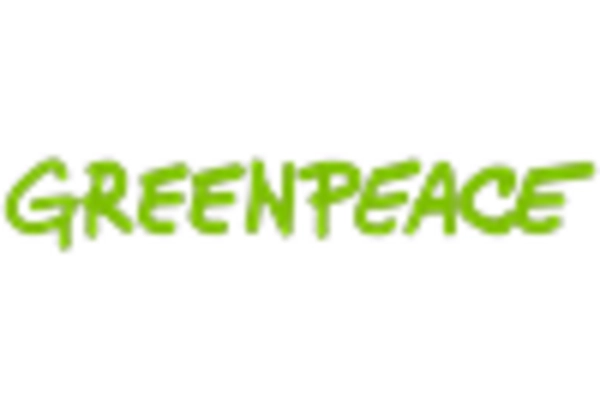
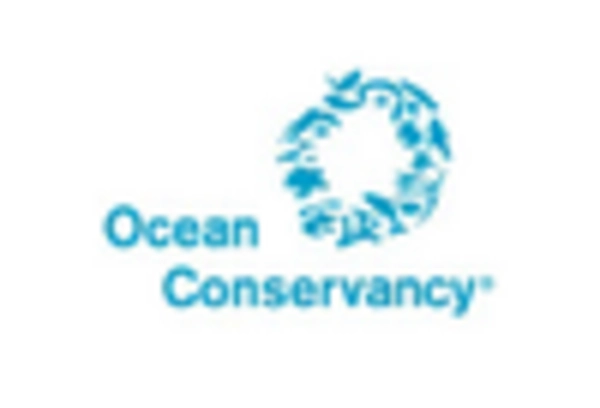

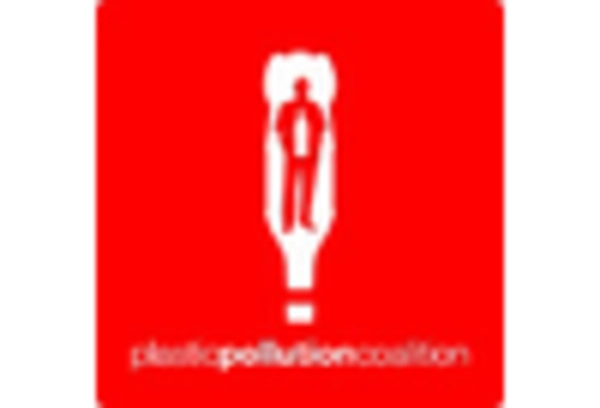
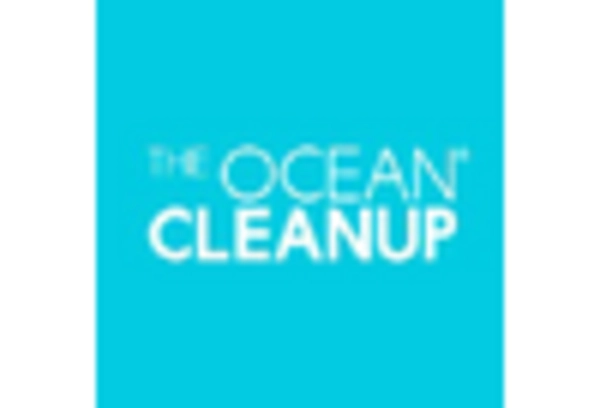








Leave a Comment